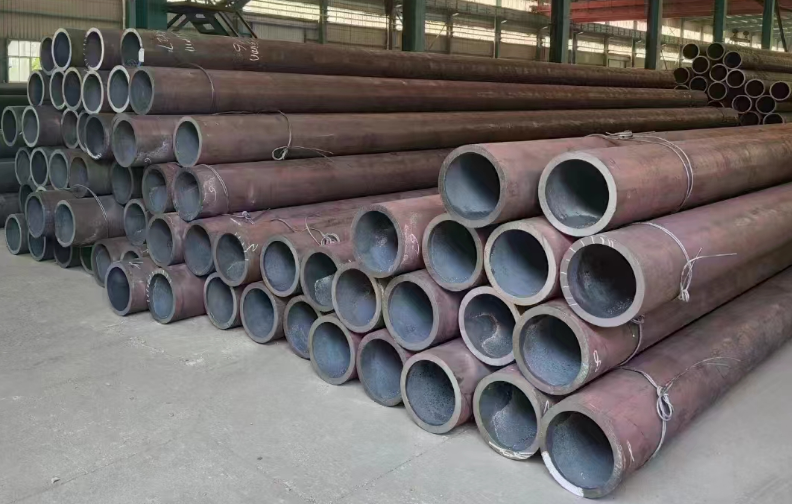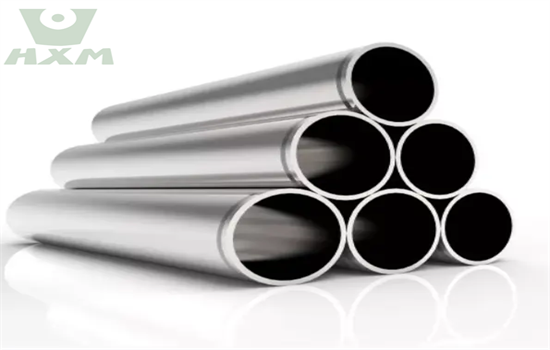When it comes to carbon steel, 1045 and 1095 are two grades that often come under comparison. Both of these grades have their unique characteristics and are suitable for different uses. In this article, I will delve into the differences between 1045 carbon steel vs 1095 steel, providing accurate, professional, detailed, and authoritative information.

1045 Carbon Steel vs 1095 Steel – What’s the Difference?
1045 Carbon Steel vs 1095 Steel – 1. Chemical Composition
The fundamental difference between 1045 carbon steel and 1095 steel lies in their chemical composition. 1045 carbon steel, as the name suggests, has a higher carbon content than other low-carbon steels. It typically contains between 0.42% and 0.50% carbon, along with manganese, phosphorus, sulfur, and silicon in small amounts. This composition gives it moderate strength and ductility, making it suitable for a wide range of applications.
On the other hand, 1095 steel has a significantly higher carbon content, ranging from 0.85% to 0.95%. It is a high-carbon steel that also contains manganese, phosphorus, sulfur, and silicon, but in different proportions. The higher carbon content gives 1095 steel its characteristic hardness and strength, making it suitable for applications that require superior wear resistance.
1045 Carbon Steel vs 1095 Steel – 2. Mechanical Properties
The mechanical properties of 1045 carbon steel and 1095 steel differ significantly. 1045 carbon steel has a tensile strength of around 60,000 psi, a yield strength of 40,000 psi, and an elongation of 20% to 25%. It offers good machinability, weldability, and can be heat-treated to increase its hardness and strength. However, it is not as hard as 1095 steel.
In contrast, 1095 steel has a much higher tensile strength, ranging from 120,000 psi to 150,000 psi, and a yield strength of around 100,000 psi. It also exhibits excellent wear resistance and edge retention, making it a popular choice for knives, cutting tools, and other applications where durability is crucial. However, its brittleness and difficulty in machining limit its use in certain applications.
1045 Carbon Steel vs 1095 Steel – 3. Applications
The differences in chemical composition and mechanical properties of 1045 carbon steel and 1095 steel lead to different applications for each. 1045 carbon steel is widely used in the automotive industry for components like axles, gears, and shafts due to its good strength and ductility. It is also used in the construction of machine parts, brackets, and other structural components.
On the other hand, 1095 steel is primarily used in applications that require high hardness and wear resistance. It is commonly found in knives, swords, cutting tools, and other edged weapons. It is also used in the manufacture of springs, wire, and other high-stress components.
Conclusion
In summary, 1045 carbon steel and 1095 steel differ in their chemical composition, mechanical properties, and applications. 1045 carbon steel offers good strength and ductility, making it suitable for a wide range of general-purpose applications. On the other hand, 1095 steel’s high carbon content gives it superior hardness and wear resistance, making it ideal for specific applications that require durability and edge retention.
Thank you for reading our article and we hope it can help you to have a better understanding of the differences between 1045 carbon steel vs 1095 steel. If you are looking for carbon steel suppliers online now, we would advise you to contact Huaxia Steel.
As a leading supplier of carbon steel products from Shanghai China, Huaxia Steel provides customers with high-quality carbon steel, tool steel, alloy steel, carbon steel tubes, and carbon steel pipes at a very competitive price.








